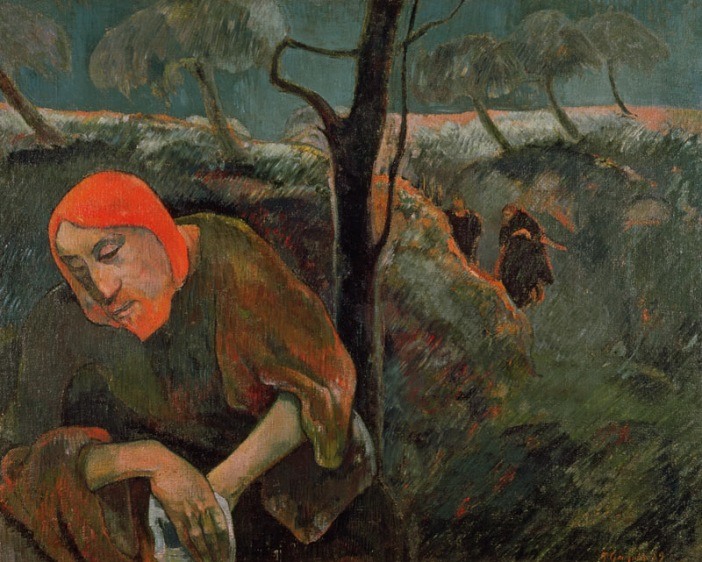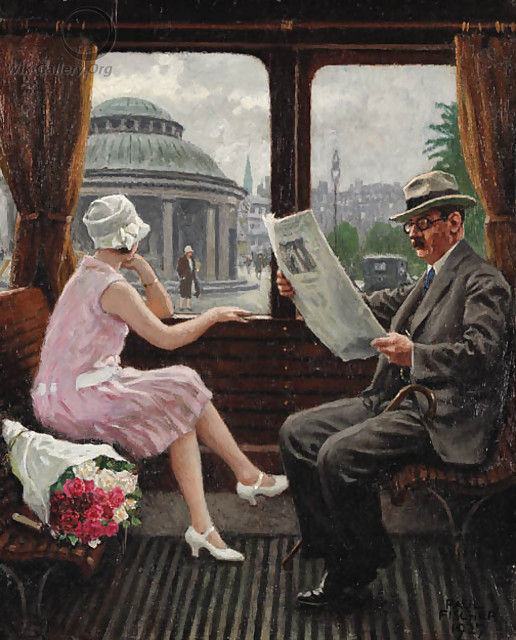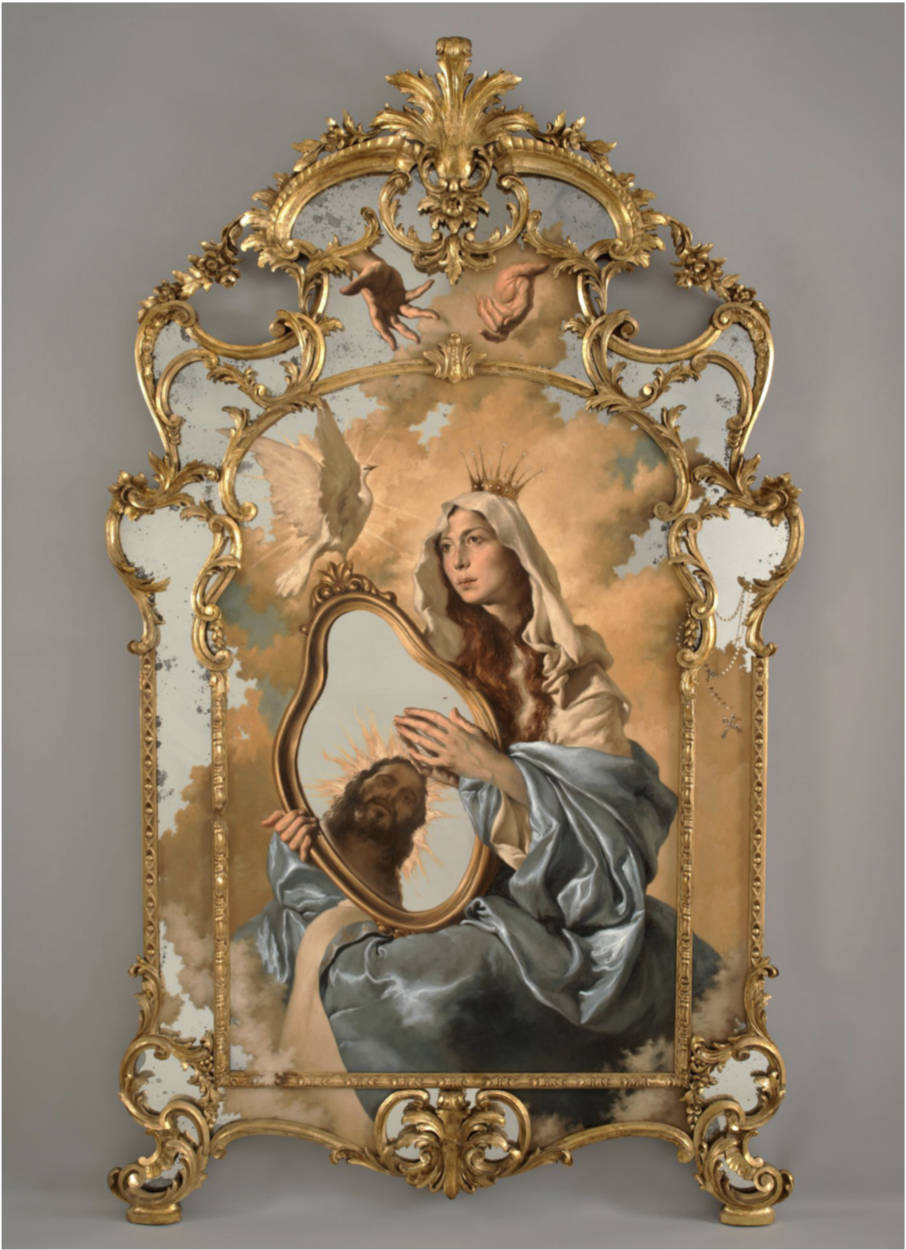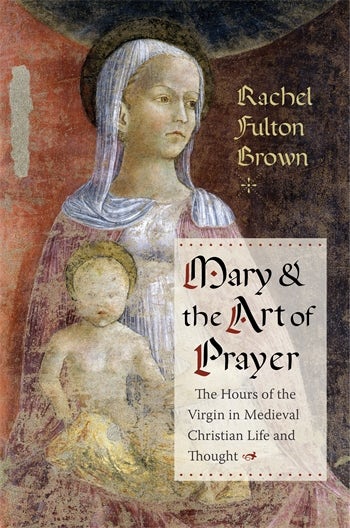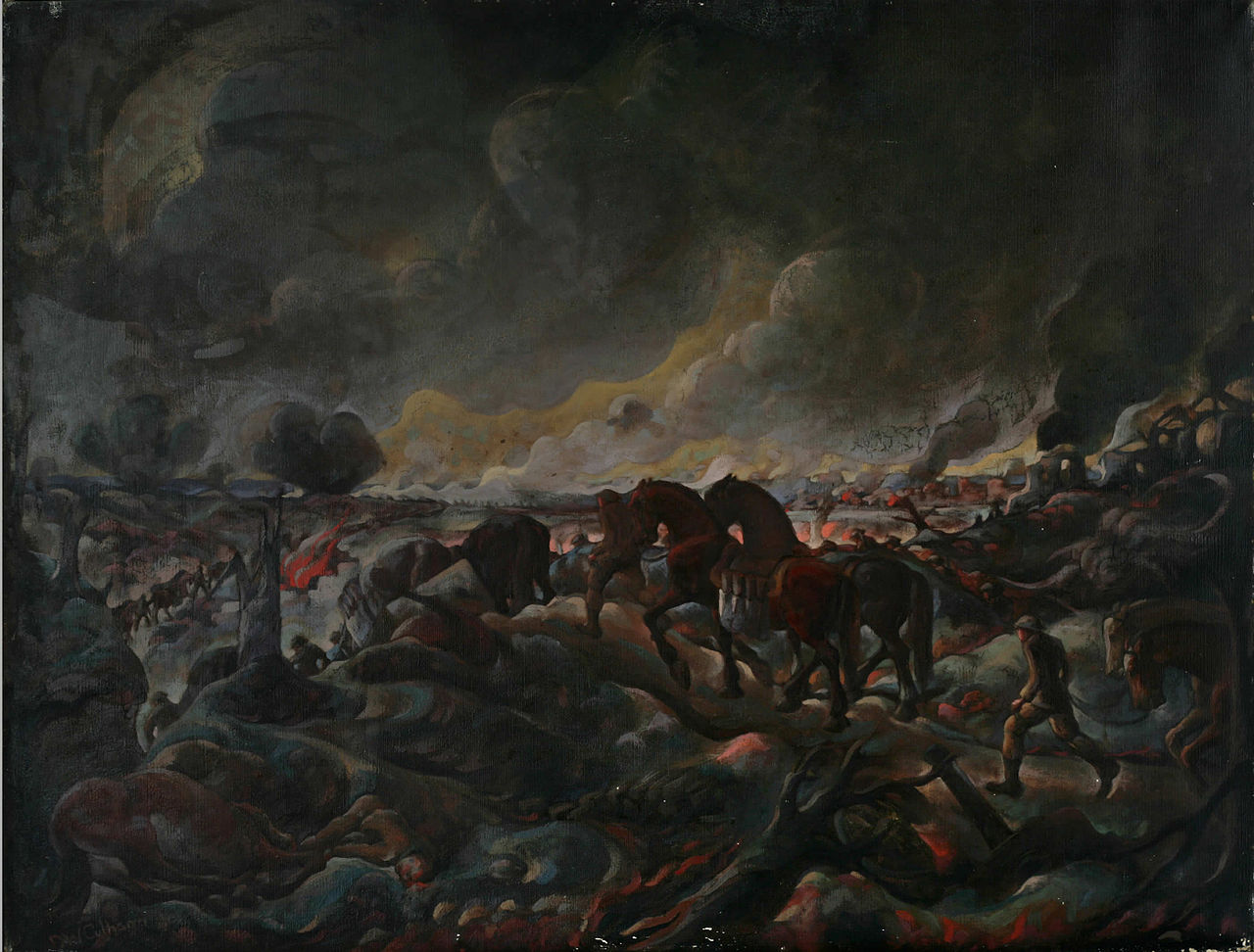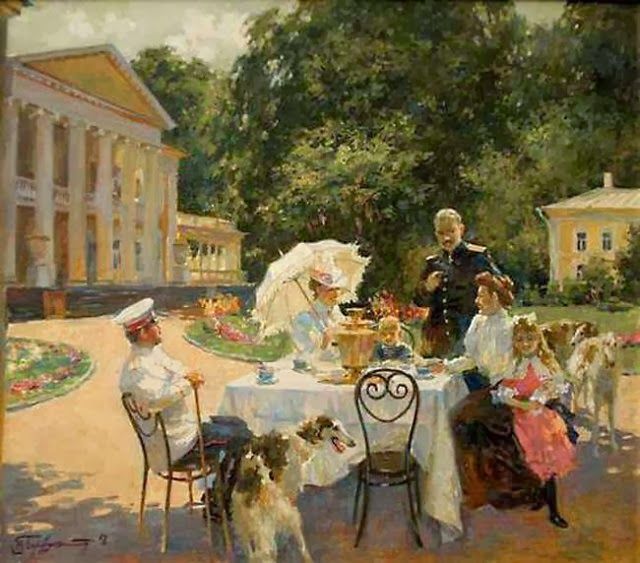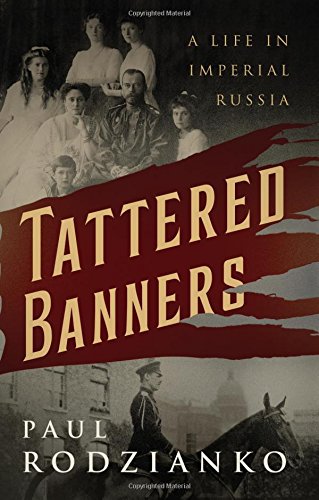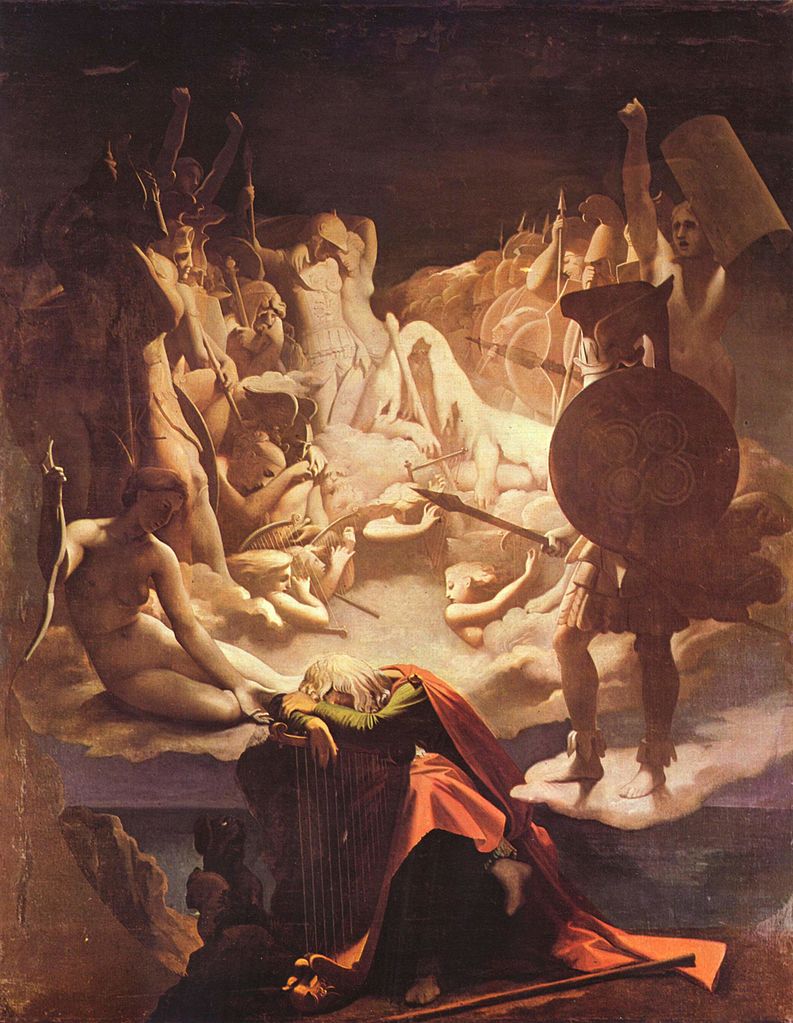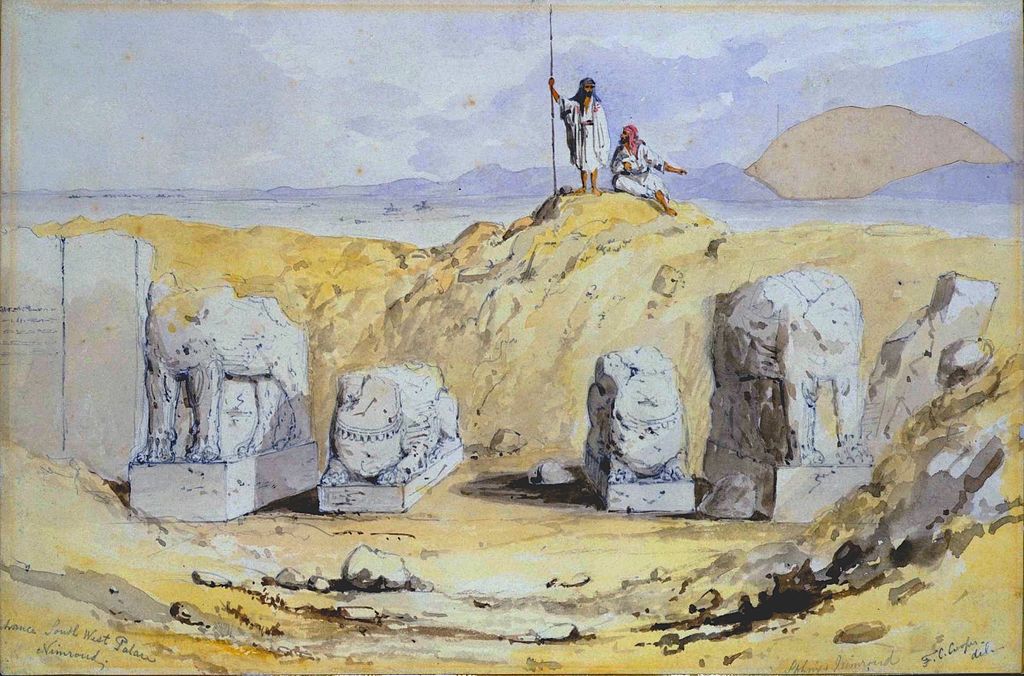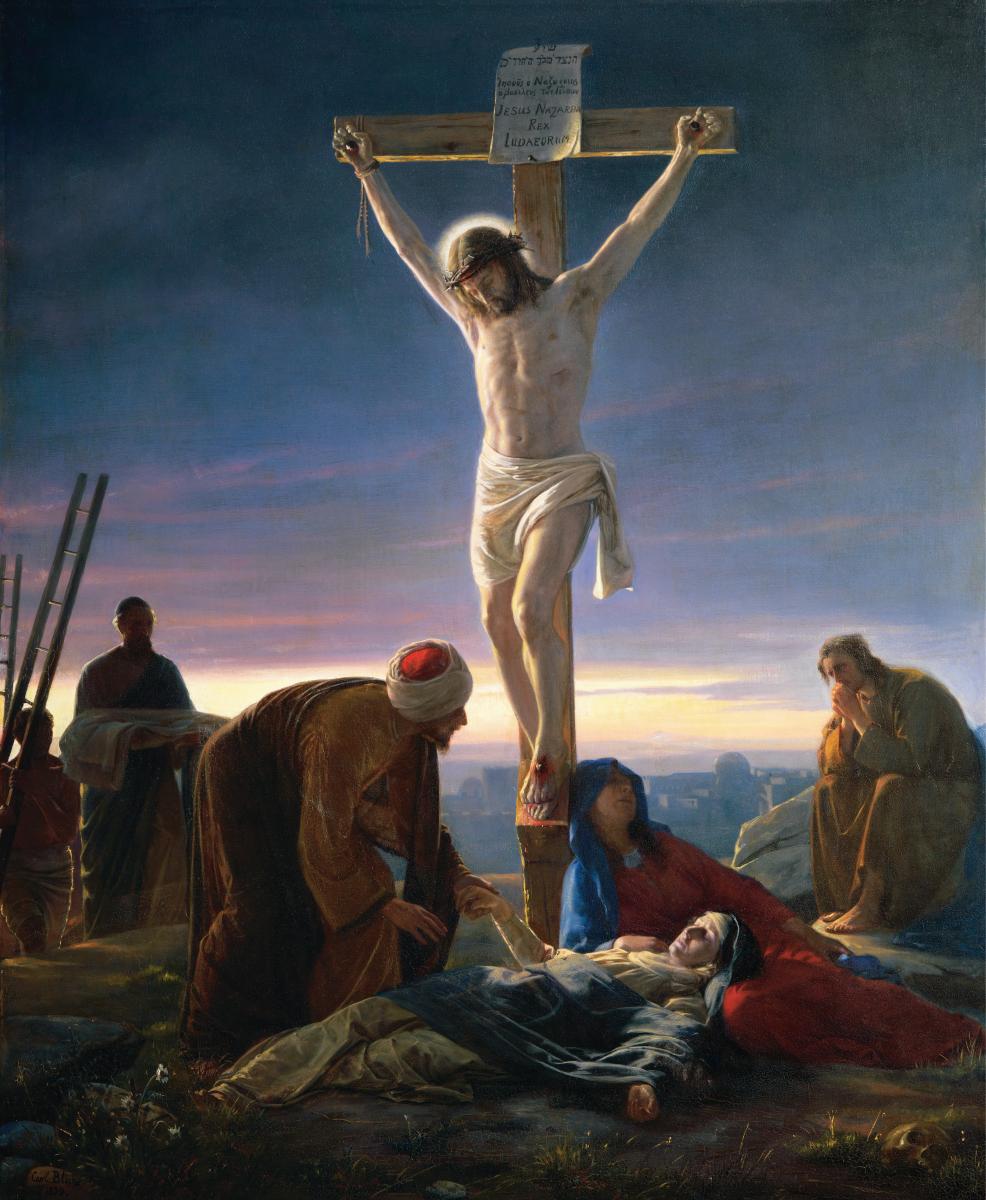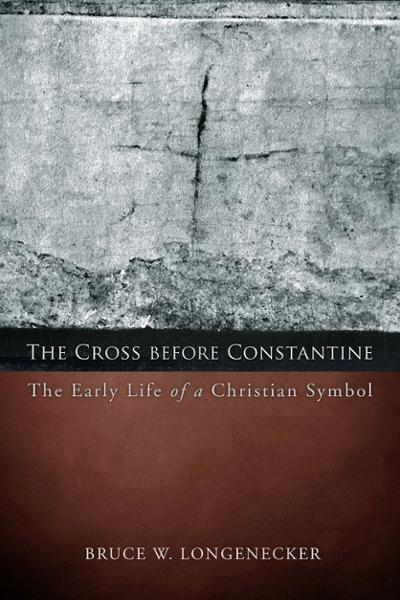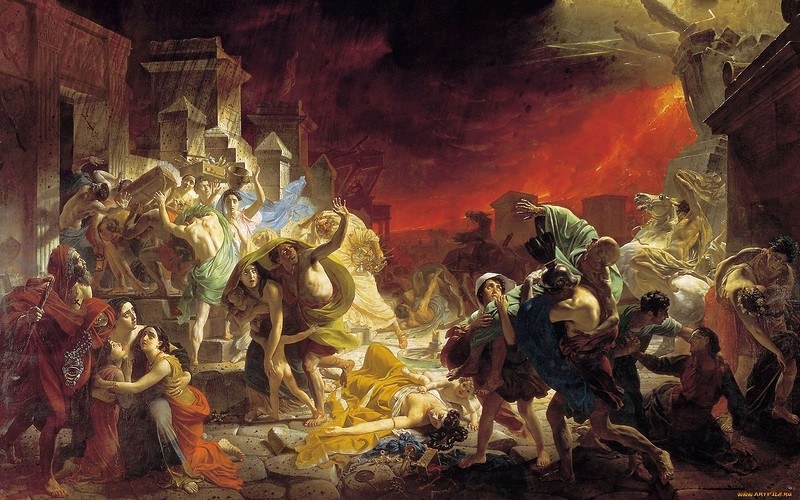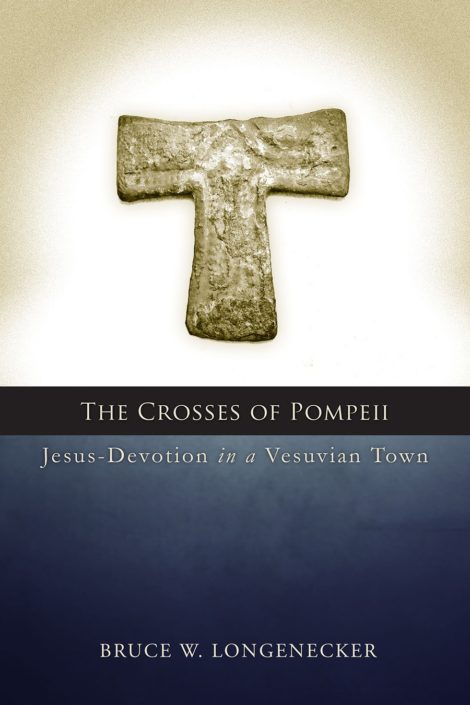“The ziggurat, the shrine that rises to heaven, was hurled into a heap of rubble…its shining door hacked down…the lion-faced gate…they utterly shattered it. O, sorrowful was [the city’s] destruction.” These words date back to about 1925 BC and perhaps were sung with harp and tambourine in mourning for a city’s devastation.
Mourning such despoliation of cities is a very ancient literary genre in Iraq which eventually stretches out into Biblical tradition with the various laments for Jerusalem.
Now that we see “incendiary or bigot” (to borrow a phrase from W.B. Yeats) bulldozing Nimrud into rubble, and piously shattering with sledgehammer and drill all the graven images – our response can only truly be the ancient one of lamentation, which is a call not only to weep but to remember that which has vanished.
What must be remembered about Nimrud? First and foremost as the city which engendered the very discipline of Assyriology, which is the study of the various Mesopotamian cultures which used cuneiform writing.
This came about in 1854 when an extensive and successful exhibition was held at the Crystal Palace, in London, where recent finds from what was then Ottoman Iraq were displayed. Pride of place went to relief panels, artifacts and two giant iconic lamassu (those tri-morph creatures, part lion or bull, part eagle with bearded faces of men) that were painstakingly brought back to Britain by Austen Henry Layard.
Long fascinated by the East, Layard took to a life of an adventurer at 22 and rambled about in the Middle East until he came upon a plain, just where the Upper Zab River flows down to meet the Tigris.
The year was 1839 and he was in the vilayet (province) of Mosul in Ottoman Iraq. The Arab villagers referred to the mounds as Nimrud which the well-read Layard knew to be the city through which Xenophon and his Ten Thousand once passed and which they called Larissa.
Here is Layard describing his first view of Nimrud: “…we looked down upon a broad plain, separated from us by the river. A line of lofty mounds bounded it to the east, and one of a pyramidical form rose high above the rest….There was a tradition current among the Arabs that strange figures carved in black stones still existed among the ruins; but we searched in vain, during the greater part of the day in which we were engaged in exploring the heap of earth and bricks, covering a considerable extent of country on the right bank of the Tigris… These huge mounds of Assyria made a deeper impression upon me, gave rise to more serious thought and more earnest reflection, than the temples of Balbec or the theatres of Ionia.”
Seven years later, he would return and uncover ancient Nimrud and, in the process, launch the process which would become the systematic study of the history and culture of ancient Assyria. He would forever therefore be named, “the Father of Assyriology.”
And what his shovel uncovered was rich indeed. Long, carved alabaster walls, bearing reliefs of kings in their chariots, hunting or slaying enemies, two palaces with rooms that still bore faded paintings, beautiful cared ivories of intimate scenes, of faces carved in ivory and alabaster, gazing from millennia past into the present, and massive lamassu, two of which would end up at the Crystal Palace exhibit, and later would become permanently housed at the British Museum.
Layard also uncovered the renowned Black Obelisk, which declares the victories of an Assyrian monarch and includes the earliest mention of a king of Israel, who is shown crouching and kissing the ground before the Assyrian king. The Israelite ruler is identified in the inscription as “Jehu, son of Omri,” who has brought as tribute gold, silver, a bowl of gold, a covered dish of gold, golden buckets and vessels, tin, royal staffs and a spear.
There were also curiosities. One was a lens, perhaps toroidally ground to correct astigmatism. This is the Layard Lens, or more commonly, the Nimrud Lens. It was once mounted and used like lorgnette. It is likely that one of the diggers that Layard employed found it and prised out the lens from its mount, which may have been made of gold.
Layard often said that his Arab workers thought he was intent on his mad scheme only because there was much buried gold about.
The lens was found along with many glass objects, indicating the complexity of the technologies available in the Assyrian world. One is a small bottle on which is written the name of an Assyrian king, Sargon II. There were also fragments of colored glass plaques, as well as two complete glass bowls.
Layard’s pioneering work led to further excavations in the ensuing years, led by Swiss, Italian, and British archaeologists.
And it was Sir Max Mallowan, the husband of Agatha Christie, who methodically studied and excavated Nimrud, from 1947 to 1961, uncovering some wonderful treasures, such as, delicate faience rosettes, the famous ivory panel showing a lioness killing a Nubian boy, and the pair of faces made of ivory and likely painted and given the idiosyncratic names by Mallowan, the “Mona Lisa of Nimrud,” and her “Ugly Sister.”
Christie who had a great interest in archaeology worked alongside her husband and later wrote about her experiences in the Middle East and Nimrud in a rare nonfiction work, Come, Tell Me How You Live.
The work of these many hands showed that ancient Nimrud had a history stretching back nearly three thousand years, and for more than one hundred fifty years it had been in the very limelight as the capital city of the Assyrian Empire.
The Assyrians called the city by another name, Kalḫu, the Biblical Calah. There is indication that the site was inhabited as early as the third millennium BC and served as an unassuming provincial town until about 1076 BC.
Its fortunes changed within two hundred years after that when King Ashurnasirpal II (883 – 859 BC), decided to transform the little town into the imperial capital of his empire. By the time construction was completed in 879 BC, the results were impressive.
The new city now stretched across nearly nine hundred acres, all encircled by a four mile fortified wall, which had four massive gates, where lamassu stood as reminders of wisdom one of the greatest attributes of any good Assyrian king.
The showiest of the buildings was a new palace (now known as the Northwest Palace), built on a monumental scale. It covered seven acres and was divided into three section, one for administrative and state duties (where a small library has been found), one as the royal residence, and the third as apartments for the royal wives and concubines.
The walls of the palace were covered in reliefs and paintings, showing battle and hunting scenes, the homage of tributary cities, Ashunasirpal’s piety and his protection by the gods, and gentler scenes showing the king relaxing in gardens with his attendants and women.
Surrounding the palace were vast parks where exotic trees, flowers and plants were cultivated and where animals, brought from all over the empire, freely roamed.
To show his affinity for the gods, Ashurnasirpal erected nine great temples, including the one dedicated to Nabu (where many literary texts have been found, as well as the names of a family of royal scribes).
Next to it was a temple to Ninurta, the god of victory and author of many heroic exploits. It is likely that his name endures in the modern name of the city, Nimrud.
At the entrance to his new throne room, Ashurnasirpal set up sandstone stele which shows him flanked by various royal and divine symbols; underneath is a rather remarkable text, in which ihe summarized what he had accomplished at Kalḫu.
These are his words: “In my wisdom, I came to Kalḫu and cleared away the old hill of debris. I dug down to the water level. I built up a terrace…and upon that erected my royal throne, and for my own enjoyment I built eight beautiful halls… I painted on the walls of palaces, in bright blue paint [my heroic deeds]… I had lapis lazuli colored glazed bricks made and set them above the gates… I brought in people from the countries I rule…and settled them [in Kalḫu]… I provided the lowlands along the Tigris with irrigation. I planted orchards at [the city’s] outskirts that had all kinds of trees… [In the city itself] the gardens vied with each in fragrance… the pomegranates glow in the pleasure garden like the stars in the sky, they are entwined like grapes on the vine… in the garden of happiness… [here the text is fragmented].”
In the same stele, Ashurnasirpal describes the grand party that he threw once his new city was completed. The guests numbered “69,574…from all the countries including Kalḫu,” and the feast was suitably gargantuan, for which were slaughtered a thousand cattle, a thousand calves, ten thousand sheep, fifteen thousand lambs, five hundred gazelles and stags, along with twenty-four thousand ducks, geese, doves and other fowl, ten thousand fish of various kinds, ten thousand eggs, and even ten thousand jerboas.
There were ten thousand loaves of bread baked and served with many side-dishes of seeds, nuts, olives, pickled and spiced fruits, as well as many prepared vegetables, most of which cannot be identified because their ancient Assyrian names defy translation – the abaḫšinnu-stalks, the raqqute-plants, the šišanibbe-plants, and so on. These plants cannot be identified.
All this was washed down by ten thousand jars of beer and ten thousand skins of wine. At the end of his description, there is the assurance that a good time was had by all: “I did them {the guests] due honor and sent them healthy and happy back to their own countries.”
Ashurnasirpal lived in his city for twenty years, and upon his death he was succeeded by his son, Shalmaneser III (859 – 824 BC), who continued his father’s work of beautifying the capital.
He added the great ziggurat, one of the very remaining ones from Assyrian times, which must have dominated the skyline of ancient Kalḫu, although it is difficult now to determine just how high it stood when it was built; in its present, and certainly incomplete, state it rises to about fifty-five feet. And on that Black Obelisk, Jehu is shown crouching before Shalmaneser.
Also, at this time, another palace was added, now simply called the “Governor’s Palace” because it is smaller than the royal one built by Ashrunasirpal. In its prime it must have shone like an exquisite jewel, for its walls were panted with concentric designs in red, blue, white and black. Found within it were finely crafted pottery and an extensive archive of letters, and legal and administrative documents which cover the period from 802 to 710 BC.
The latter date is important because it in this year that Kalḫu was abandoned as the royal capital by the Assyrian king, Sargon II (721 – 705 BC), in favor of a newly-built city, Dur-Šarruken (The Fortress of Sargon), near the modern-day village of Khorsabad.
Sargon’s son and successor, Senneachrib (705 – 681 BC), who is mentioned in the Bible as the destroyer of the northern kingdom of Israel, in turn abandoned Dur-Šarruken in favor of Nineveh, where Assyrian kings would remain until the downfall of the empire in 605 BC to the Babylonians.
In 539 BC, all the regions that comprised the Assyrian world became part of a new empire, the Persian one, led by Cyrus the Great.
In these years of turmoil, Kalḫu was neglected and evidence indicates that eventually it became a refuge for squatters fleeing the various incursions by the armies of Cyrus, so that by the time Xenophon passed through it in 401 BC, he saw only ruins and a tumbled-down ziggurat.
After the Persians fell to Alexander the Great, the city saw a brief revival as a series of small villages whose inhabitants have left behind coins, some statues, and a bread oven, which yield a date of habitation from about 250 to 140 BC. Afterwards, there is only silence, though ancient Kalḫlu had one more surprise to offer to the world – and a most fabulous one at that.
In 1989, the Iraq Department of Antiquities, which has done meticulous and detailed work at Nimrud, made a startlingly discovery – intact tombs beneath the Northwest Palace, three of them belonging to queens.
The queens were interred in bronze caskets, bearing their names and curses which are really wishes to be left alone.
The earliest among them is of Queen Yaba, wife of King Tiglathpileser III (744 – 727 BC). The next one belongs to Queen Banitu, the wife of King Shalmaneser V (726 – 722 BC). The third tomb belongs to Queen Ataliya, wife of King Sargon II. As well, there were fifteen burials, some of them children.
There was also an empty stone sarcophagus of Ashurnasirpal’s queen, Mullissu. There is a rather poignant link between the two through their names. Ashurnasirpal’s name means “the god Ashur protects the heir.” The goddess Mullissu was Ashur’s wife.
In the coffins was a royal treasure – hundreds of pieces of gold jewelry, such as, rings, earrings, necklaces, anklets and bracelets, gold plaques to adorn clothes, shaped into stars, triangles and cowrie shells, diadems, vessels of gold and crystal, small sculptures of gold and faience, including one erotic one, and seven mirrors pf bronze and electron. There were more fragile finds, too – fragments of textiles, some with tassels that show a predominance of flax over wool.
Another intriguing find was a silver omphalos bowl that had an inscription in hieroglyphic Luwian, which might spell out the name, Sandasarme who, around 650 BC, was the ruler of Hilakku, a city in Cilicia, in southern Turkey. As an Indo-European language, Luwian is often considered to be the native tongue of the Trojans.
On a funerary tablet that was meant for Mullissu’s tomb is a curse, which states: “…anyone who later removes my throne from before the shades of the dead, may his spirit receive no bread. May someone later clothe me with a shroud, anoint me with oil and sacrifice a lamb.”
Now that Nimrud has been bulldozed, it is hard to say what now survives. Perhaps the destruction is as complete as the Buddhas of Bamiyan. A lot of the ivory plaques and the gold jewelry of the three queens was housed in the museum at Mosul.
Since that too has been ransacked, there is little hope that much of these artifacts are still around. Perhaps someday in the future, when the smashing has finally ended, the shattered city of Nimrud may again be gathered (or clothed and anointed, in the words of Mullissu) and reconstituted, if not physically then at least in memory of the royal capital that once stood by the River Zab, and which ideology destroyed.
May that time come soon, for many, many have already been the “sacrificial lambs” slaughtered in that antique land.
The photo shows the entrance to the palace in Nimrud, an anonymous watercolor, painted 1849-1850.

